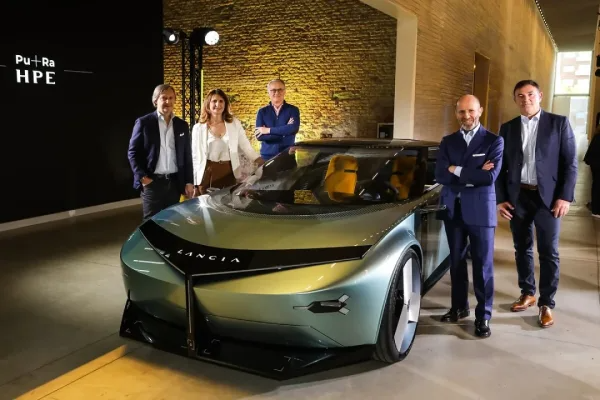The complexity of modern cars is a key problem for the industry in both affordability and weight, says the chief technology officer of European car maker Stellantis, which will lead to less chips per vehicle.
“It has gotten too complicated, too expensive, some of the cars you get in its like holy moley, and I have to ask someone how to start it,” said Ned Curic, the CTO of Stellantis, which builds cars under the Citroen, Fiat, Peugeot, Alfa Romeo, Opel and Vauxhall brands as well as Chrysler and Jeep. He was speaking at the Innovation Day for CEA-Leti in Grenoble.
“So you have to step back and actually ask what will people want in the next ten years. When it comes to mobility it has become unaffordable and if we continue on this path people will not be able to afford cars. There is a ratio we track on who can afford a car, vehicle affordability, and there is a significant part of the population that will not be able to afford a vehicle so the market will shrink
significantly.”
“That ratio is very interesting to us. What has happened in the last ten years is we have added so many unnecessary things, the weight has gone to 2 tonnes, that’s not normal. The world is changing rapidly and we are doing a lot of interviews engaging with populations around the world with different needs.”
“We build cars globally but we don’t see a convergence of their experiences, they are diverging. So it will be a challenge for the industry to figure out which parts of the world will need what kind of services.”
“In the next ten years there will be a lot of fragmentation in the services people will need. Ten years out we will need different mobility in Europe to the US, Asia and Japan. Europe is getting really old so the type of mobility devices will be very different from Africa and Asia,“ he said.
- Stellantis, Foxconn form SiliconAuto JV to provide automotive chips
- Stellantis launches business unit for mobility data services
- Stellantis expands software development network
Complexity is a key challenge he says.
“We need to figure out how to do more with less. We eliminated 150 features out of 250 in the cabin and nobody knows. We have 270 silicon devices in a vehicle – we have shrunk that to 70 and nobody knows.”
He points to architectures with more powerful processor but a lot less of them to reduce the weight. The company recently set up a joint venture with Foxconn to develop automotive chips.
“Sustainability is a big deal for us at Stellantis. The battery weight is horrendous on top of heavy cars so we need to figure out how to reduce the weight, and we all have a responsibility to figure out how to make the vehicle more sustainable. It’s all about simplification, it has become too complex.”
This is early days, he says. “Think big, it’s day one for e-mobility,” he said. “Can we make vehicles that can last 30 or even 50 years and refresh them, upgrading them as we need them, adding in the communication technologies we will have to deploy by the end of the decade.”



Leave a comment